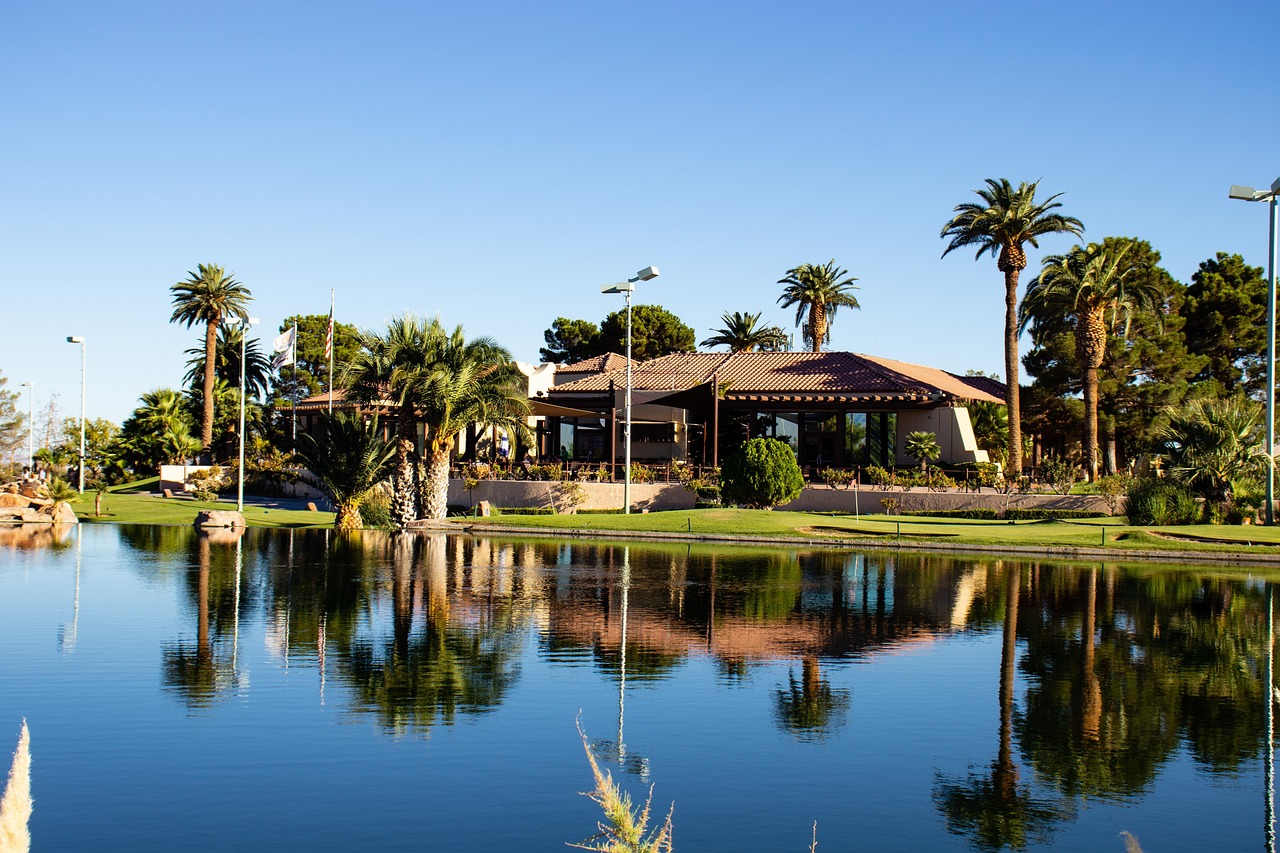Water is the most important resource on Earth. It covers about 71% of the planet’s surface, and more than 50% of water is saltwater which cannot be used for drinking water. That leaves us with freshwater found in lakes, streams, rivers, or underground sources. There are three common water treatment process:
1) Coagulation/flocculation – this removes many solids from the water by adding agents like alum to cause them to clump together and sink to the bottom.
2) Sedimentation – this forces particles out of suspension through gravity, sending them down into a facility to treat water.
3) Filtration – water is sent through a water treatment facility. It then goes through layers of media, like sand or carbon, that help absorb contaminants.
Freshwater must undergo a process before it is safe to drink to not contain contaminants that could make you sick.






